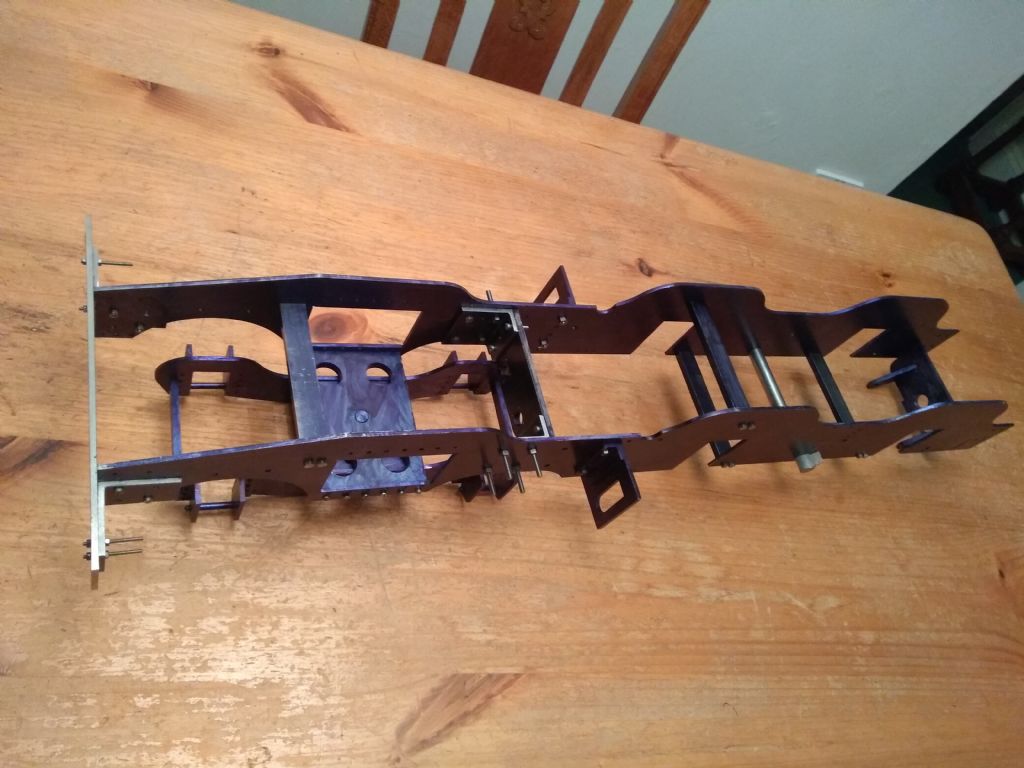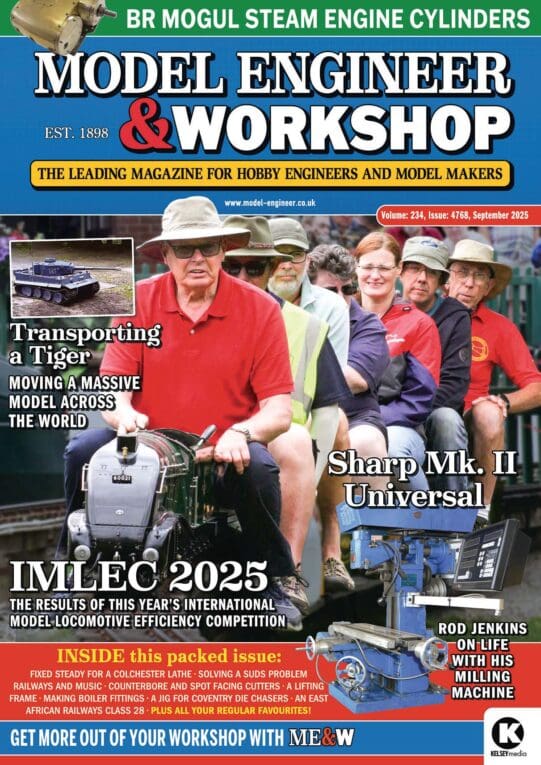Posted by RevStew on 20/08/2018 17:22:59:
Hi all.
Apologies for the rather vague question, but how long do you reckon does it take the average builder to put together the average live steam loco? Ball park?
How long is a bit of string?
I'm not building a loco but I am building two 4" scale traction engines, which are taking an age. Ten years in and I suspect another 10 years to go. As has been mentioned there are many factors to take into account. Some of these are:
The complexity of the design – in theory my traction engines are simple, but it doesn't seem like that
The standard of the drawings – my drawings are crap, so I've spent hundreds of hours redrawing everything in 3D CAD. I'm idle so I want to make parts once and expect everything to fit. To achieve that I'm prepared to expend the time doing CAD. Modelling is also required to account for material that is no longer available in imperial, like sheet and plate
Facilities available – I've got a fairly well equipped workshop with machine tools appropriate for a 4" scale traction engine; but it still takes me an age to get things done
How much you make yourself – I've bought the boilers (steel at 170psi, not something I can do) plus some castings but otherwise I'm making everything myself including all the gears and most of the bolts, studs and nuts because I don't like the commercial offerings
How closely you follow the drawings – my drawings are poor anyway but I end up redesigning a lot of items for other reasons. I've completely redesigned the water pump as the drawn version is grossly oversized. I've also done daft things like make hollow cast iron pistons, as per fullsize, instead of using aluminium alloy like everyone else. I'll be redesigning the valve gear, the injector and I've revamped the governor as the drawn version would never work in a month of Sundays. See the posts today in "What did you do Today" to see how time can be wasted on something that has no bearing on how the engine will function, but does allow you to thumb your nose at the rivet counters
The standard you work to – I'm no perfectionist, but I do like things just so. And I'm an awkward sod (*) so I often end up remaking parts I'm not happy with.
What else you do – I'm still working, employed and self-employed, I've got aeroplanes and gliders to fly, a garden to keep going and a bungalow to maintain so I don't have as much workshop time as I'd like. And if I don't buy it and cook it I don't eat.
To summarise the answer is a few months to many decades, or even never. I hope to finish my traction engines before I kick the bucket.
Andrew
*: sod as in awkward not as in SillyOldDuffer (TM)
David Wasson.





